Here’s an embarrassingly weak question I used to ask my students:
The Original
Which type of figurative language is used in this sentence?
“By 12:40, Mr. Byrd was so hungry he could have eaten a walrus.”
The problems?
- It’s at the bottom of Bloom’s Taxonomy.
- I didn’t ask any follow-ups. Once a student can identify that it’s hyperbole, they have nowhere to go.
My most brilliant writers just wrote “hyperbole” and that was all I had for them.
Nowadays, I’d rewrite this as a sequence of questions that naturally push students towards higher-level thinking. No more one-and-dones!
The Update
I always want to aim for Analyze. Can I get students at least comparing, contrasting, or categorizing? To do that I’ll need a second example of figurative language. I’ll write:
I was so thirsty I could have swallowed each of the seven seas and still asked for a refill
Ok! Now I can ask my students to Analyze and Evaluate:
- What makes the second example a more effective use of figurative language?
And then we’ll Synthesize:
- Could you rewrite the first example to be even better than the second example?
Another step? Sure!
- Read several of your classmates’ rewrites. Look for three categories: needs more, just right, and too much. Use this to give your version a final rewrite.
This sequence of questions is so much better, right?
And note that we don’t need artificial “On-Level” and “Above Level” groups? By aiming high, we get differentiation built in. Yes, that means that some students won’t get all the way to the end of the sequence. But that’s literally differentiation! Students should be doing different things.
Related Videos For Byrdseed.TV Members



